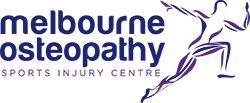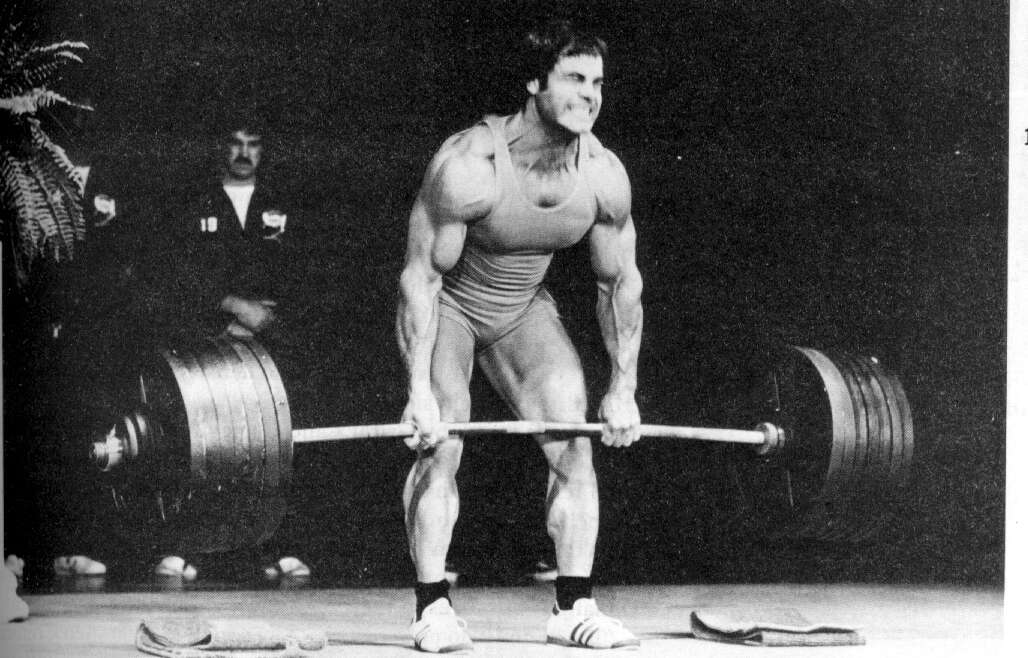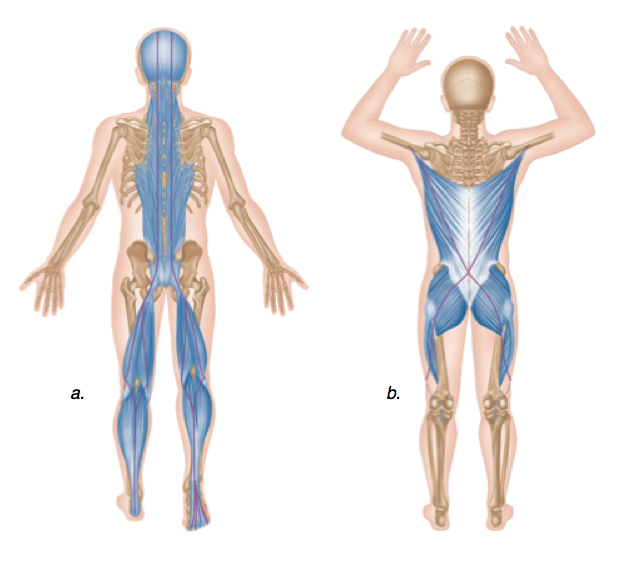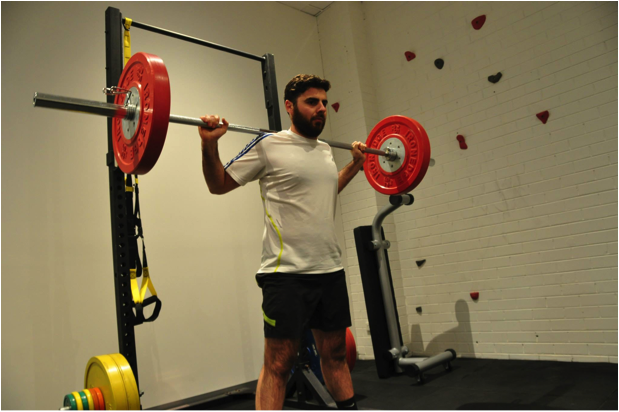One of the current buzzwords in health and fitness is the Posterior Chain. It is talked about anywhere from general fitness training, to elite sport and everywhere in between. Let’s have a closer look at what the Posterior Chain is and why it’s important.
What is it?
Where the Posterior Chain concept actually originated is debatable, but it is commonly thought that Thomas Myers and his incredibly popular book Anatomy Trains brought it into the mainstream.
In his books, Myers predominately talks about fascia and how it helps movement and power production. Fascia is a controversial topic and is beyond the scope of this post; clinicians regularly debate on its importance and function in the body. For today, let’s just stick to the muscles of the Posterior Chain, the easiest part to understand and train.
The Posterior Chain refers to the structures at the back of the leg and spine. The main muscles that make up the Posterior Chain are the calf muscles, hamstrings, gluteus maximi, latissimus dorsi and the erector spinae muscles.
Source: Anatomy Trains. Myers, T (2010)
Why is it important?
The muscles of the Posterior Chain are quite big and powerful. They are important in many forms of movement, such as activities requiring running, jumping and changes of direction. The thought is if these muscles are strong and powerful, the person is able to produce more strength and speed and thus improve physical performance.
The Posterior Chain is also important in the stability of your knee, hips and spine. Therefore, if these muscles are strong, it may result in a decreased risk of both sporting and general injury.
How do I train it?
You can train the Posterior Chain in numerous ways. Many people train the Posterior Chain through the use of compound exercises (exercises that move more than one body part at a time). How you train the Posterior Chain really depends on your goals and physical capacity. If you’re not sure, ask your trainer or therapist what exercises you should be doing for your Posterior Chain. My favourites are squats, deadlifts and pull-ups. Happy training!
For more information about our services make sure to book an appointment today!
About the Author:
Dr. Nicholas Tripodi is a Co-director and Osteopath at the Competitive Sports Clinic located in the Essendon District. Nicholas has particular interests in sports injuries, exercise rehabilitation and running and cycling analysis.



